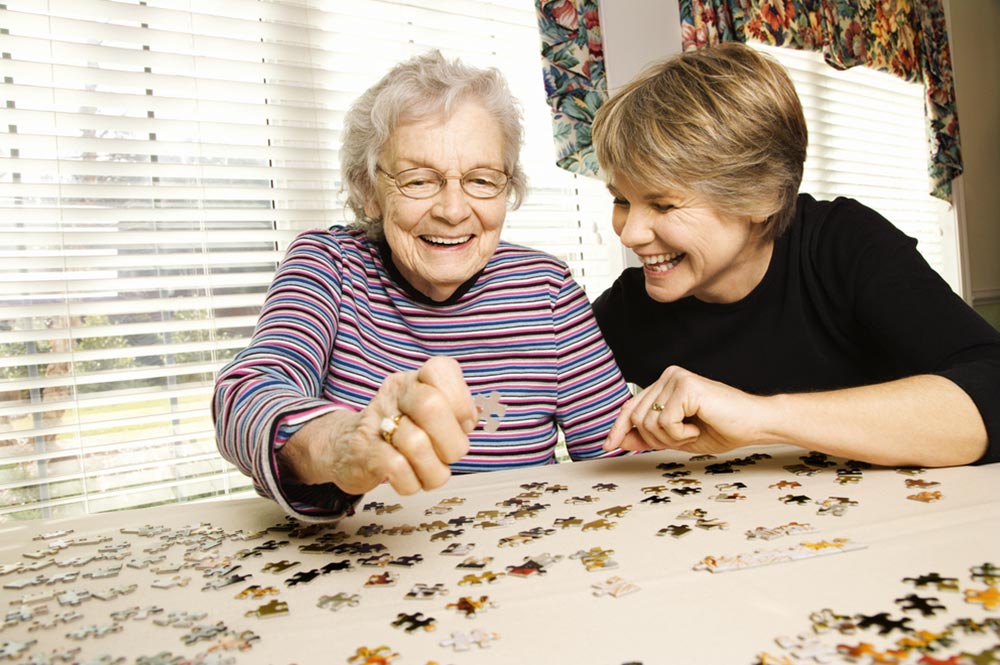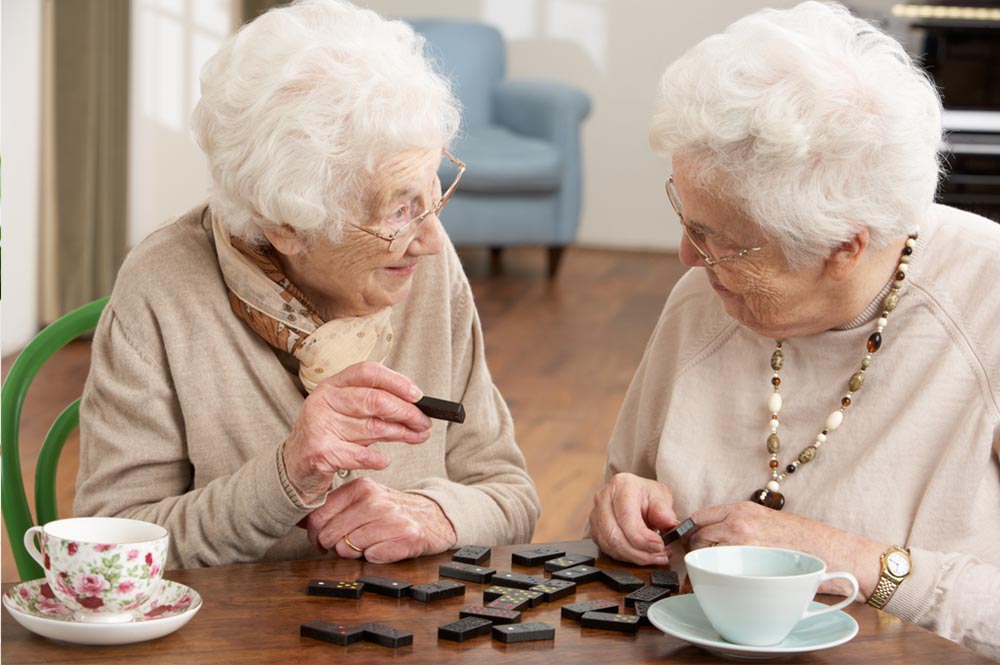
When you make your decision, you will need to think about the type of home that would best suit your needs and also about its location and proximity to family, friends, community facilities and transport.
Moving to a care home invariably means having to sell the home, dispose of most of the furniture and possessions and get used to a more communal style of living associated with a care home. Whilst some older people will adapt quite happily to life in a care home, many others will find the loss of freedom very challenging and may lose all sense of purpose in an environment where they have little independence and where nearly everything is done for them.
While a care home is what people often think of when they decide it is time to move, there are other alternatives, including sheltered housing and retirement villages.
Care Home options

 Care homes (also often known as residential care) provide accommodation to a wide range of adults, including older people and adults with a range of disabilities. Care homes are usually an option for anyone who cannot manage at home. They are generally divided into two main types: those supporting older people, including those with dementia; and those supporting people with learning or physical disabilities, autism, sensory impairments or mental health problems.
Care homes (also often known as residential care) provide accommodation to a wide range of adults, including older people and adults with a range of disabilities. Care homes are usually an option for anyone who cannot manage at home. They are generally divided into two main types: those supporting older people, including those with dementia; and those supporting people with learning or physical disabilities, autism, sensory impairments or mental health problems.
Care homes offer a range of personal care, including help with bathing or going to the toilet, help with meals, medication supervision, and social activities. They are generally places in which a number of people live together, so you have the opportunity to get a lot of support and companionship, but it is also important to note that there are inevitable compromises about what you can do and when, compared to living in your own home. Although care homes can manage medication and should have good links with local health services, they do not provide constant nursing care. Every home must be registered with the Care Quality Commission (CQC).
They vary significantly in terms of size, facilities, and environment and you should therefore research your options carefully.
 Care homes with nursing are a type of residential care for adults who require a level of medical support that might not be possible or practical to provide in their own home. In particular, they provide accommodation and personal care, along with 24-hour medical support from registered nurses according to your individual needs. This includes working with your GP and any hospital consultants that are involved in your care. The nursing team will have links with multi-disciplinary healthcare professionals, such as occupational therapists, physiotherapists, dietitians and speech therapists, who they can call on whenever they're needed.
Care homes with nursing are a type of residential care for adults who require a level of medical support that might not be possible or practical to provide in their own home. In particular, they provide accommodation and personal care, along with 24-hour medical support from registered nurses according to your individual needs. This includes working with your GP and any hospital consultants that are involved in your care. The nursing team will have links with multi-disciplinary healthcare professionals, such as occupational therapists, physiotherapists, dietitians and speech therapists, who they can call on whenever they're needed.
Every care home that provides nursing has to be registered with the Care Quality Commission (CQC). The CQC conducts regular inspections of care homes to check their quality and safety.
Some care homes do offer a mixture of nursing care and residential care without nursing, usually in different units or suites within the same building.
Sheltered and extra care housing is rented, bought or part bought/rented accommodation. Most sheltered housing is provided either by local councils or housing associations, which set their own criteria for allocating places. Priority is usually given to people with the greatest housing need, who have particular medical or social reasons for needing to move.
With sheltered housing, support tends to be limited to an on-site or on-call warden or manager, who will usually check on you every day and be available in an emergency. Extra care housing (sometimes called assisted living) also offers more personal and domestic care and support for people who need more help to live independently. Both may be supplemented by telecare or equipment and adaptations.
Sheltered housing may be the right solution if you are over 60 and looking for:
- specially adapted accommodation, plus companionship if you want it
- a 'half-way' arrangement between living in your own home and being fully supported in a care home
- somewhere that offers more security and support than your own home
 Retirement villages are specially designed communities for older people who want to and are able to continue living in a home they own, either completely independently or with some personal care and domestic support. You generally need to be at least 55 years old to secure a property in a retirement village. Residents live independently in their own homes and have access to flexible personal care and domestic support as well as social, retail and leisure facilities.
Retirement villages are specially designed communities for older people who want to and are able to continue living in a home they own, either completely independently or with some personal care and domestic support. You generally need to be at least 55 years old to secure a property in a retirement village. Residents live independently in their own homes and have access to flexible personal care and domestic support as well as social, retail and leisure facilities.
Homeowners are usually responsible for paying all of their own bills and have to pay a monthly service fee to cover the costs of maintaining the village's shared areas and facilities. Housing units in retirement villages are often sold on a leasehold basis, with shared maintenance and running costs. They may also be offered for rent or shared ownership.
Independent living in a retirement village is not suitable for older people who require a high level of care and support. However, some villages also offer supported living accommodation, a residential care home or a care home with nursing. In these cases, you would have the option to move between the different settings if your needs change.
Useful Sites





